Influencer marketing has been around for centuries – as early as the 18th century, artisans were impressing British royalty with their artwork and influencing the buying habits of common citizens – but this highly effective form of brand communication only entered the zeitgeist within the past decade. Why has such a money-making venture taken so long to go mainstream? Because we’ve just recently harnessed the power of influencer marketing measurement.
Of course, it’s always been easy to evaluate superficial measurements of influencer ROI, even for those 18th-century pioneers, but as modern technology surges forward, we’re gaining new access to much more detailed forms of influencer marketing measurement.
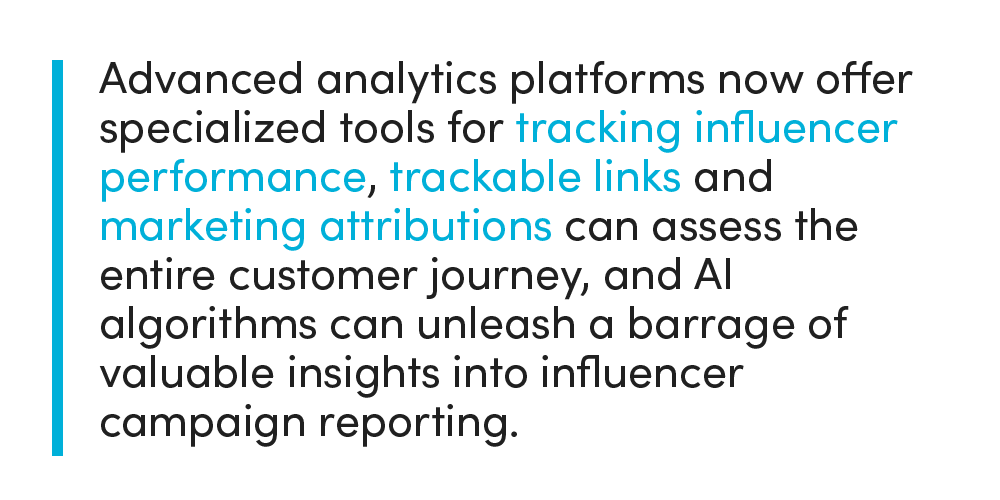
Let’s narrow our focus from large-scale influencer marketing measurement to your company’s specific needs: Maybe your brand currently partners with an influencer, but your analytics can’t keep up. Perhaps you want better marketing attribution insights, but don’t know where to start, or maybe you’re not sure if it’s worth your team’s time and effort to delve deeper into these metrics.
Common Misconceptions About Influencer Campaign Reporting
You may be operating under some common misconceptions about Influencer marketing measurement and the benefits a more comprehensive approach could bring. When we speak with new (amp) clients about influencer ROI, we nearly always hear some variation of the following three myths:
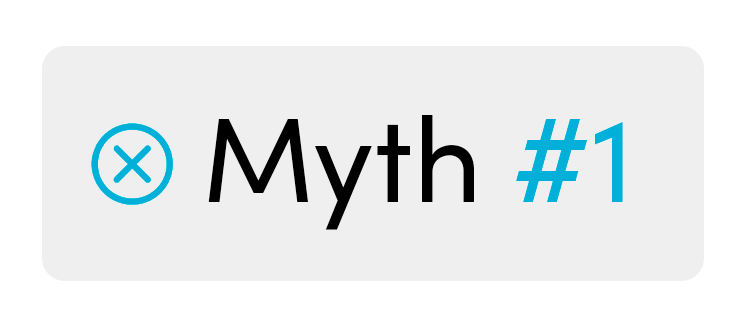 | Influencer marketing is only for brand awareness. |
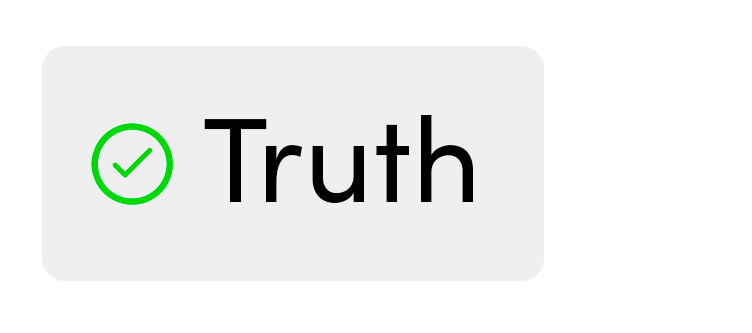 | While influencer marketing can certainly boost brand visibility, it’s also a powerful tool for driving other key performance indicators like website traffic, lead generation, and sales. By incorporating trackable links, affiliate links, or discount codes, brands can directly attribute sales and conversions to influencer campaigns. |
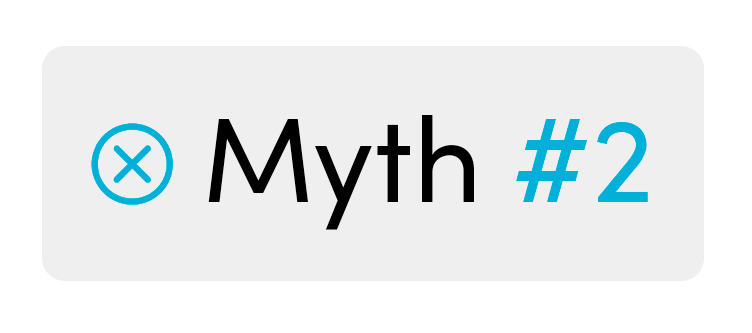 | More followers = more profits. |
 | A large follower count doesn’t automatically translate to engagement or meaningful impact. At (amp) we’ve seen micro-influencers with smaller but highly engaged audiences generate equal or better results than macro-influencers with vast followings. Rather than get caught up on follow counts or subscribers, focusing on relevance, engagement, and audience alignment to determine influencer marketing success. |
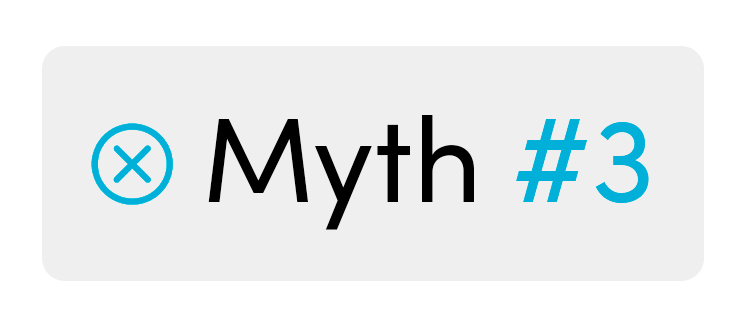 | Influencer marketing is unmeasurable. |
 | Influencer marketing is extremely measurable, especially when today’s cutting-edge technology is applied. Tools like trackable links, discount codes, and affiliate links create more holistic pictures of marketing attribution for pinpointed KPIs like engagement rates, website traffic, conversion rates, and sales lift. |
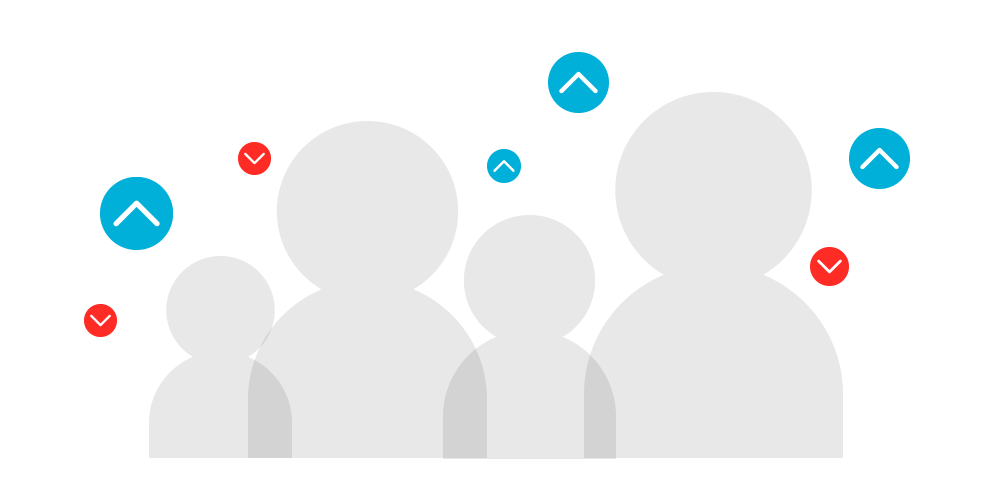
A Crash Course in Influencer Marketing Measurement
Make Sure Your Influencer Is Truly Driving Results.
Influencer marketing campaigns are designed to drive sales, amplify brand awareness, and increase brand engagement, all of which should result in influencer-generated content that boosts the previous three KPIs even more. Sounds great in theory, because what company wouldn’t want bigger profits and better status? But let’s talk about the details of influencer marketing measurement so you can make sure your influencer is truly worth your money.
- Measure influencer ROI via two direct sales metrics: Unique links and promo codes. Unique links are highly trackable, enabling you to see where visits originate, while promo codes personalized to your influencer highlight sales driven by your influencer campaign.
- Measure brand awareness by tracking five tangible metrics: user impressions, reach, branded search volume, social media mentions, and traffic. These categories yield precious insights as to how often and how many people are seeing, searching for, talking about, and exploring your brand.
- Measure brand engagement by collecting data on social likes, shares, saves, comments, and follows, monitoring the growth of your email subscriber list, and tracking how many shoppers add your products or services to their digital carts.
- Measure influencer-generated content by evaluating Total Media Value and calculating the time and ad spend saved by influencer-generated posts. You can also monitor influencer marketing impact based on how their channel’s engagement affects engagement rates on your own channels.
How (amp)’s Marketing Attribution Insights Can Elevate Your Next Campaign
Hopefully, this overview of influencer marketing measurement has sparked fresh ideas about how your brand could better measure influencer ROI, whether that’s through deeper marketing attribution insights, the integration of trackable links or codes, and or simply a more comprehensive view of online user engagement and brand mentions. We also sincerely hope that you’ll return to work with a better understanding of exactly which metrics impact influencer ROI and how to collect them.
If you need a quick refresher before you go, or if you’re curious about how partnering with a seasoned marketing agency like (amp) would boost your next influencer campaign, here’s an overview, from our team to yours:

(amp) has years upon years of experience guiding our clients through every facet of influencer marketing measurement, from trackable links and multi-touch attributions to predictive analysis that saves both time and ad spend. Not only is it incredibly rewarding to watch our clients’ profits increase and their stress fade away as our influencer analytics do all the heavy lifting, but it’s in our best interest to share this information with your company, too, even if you don’t bring (amp) on board as your marketing partner.
So, glean as much as you can from professional marketing agencies like ours, reach out to our (amp) experts if you need more information about how influencer marketing measurement works, and then take what you’ve learned to propel your brand forward. We’ll be right here when you’re ready.
